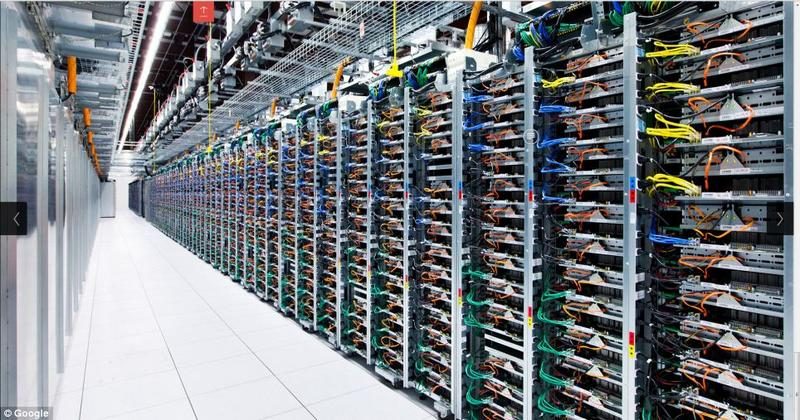Businesses live in two worlds: the real world of making profits and serving customers, and the “accounting world,” where taxes, depreciation and useful life of equipment rule. Harmonizing the two can be a challenge, and that’s particularly true with respect to server technology. Here, the definition of “economic life” often conflicts with the real-world, equipment-based concerns of availability and total cost of ownership (TCO). The best way to understand the real world is to take an example from CIMI Corporation’s most recent market survey and see what small and midsized businesses were really experiencing when it comes to server costs.
Virtualization makes calculating server costs more complicated. But it is clear that replacing servers frequently is most cost effective because the costs of keeping an older server increase dramatically. When you factor in that newer technology allows for denser virtualization and better performance, the savings can multiply.
How much does a server cost?
Businesses price out a server and associated storage cost at a median of just over $1500, so we’ll use $1600 as our base cost. On the average, the same businesses will assign the server a useful life of four years, so the per-year cost is $400, assuming straight-line depreciation. After four years, the cost becomes zero, right? That’s where it gets complicated. (See the table below for details.)
In the four-year period, businesses in our survey reported they paid $940 in maintenance plan and service costs; $790 in power, cooling and facilities; $2,400 in systems management and technical support costs; and $3,600 in productivity lost due to scheduled downtime or failures. That makes the basic cost of the server for the useful life period $9,330, or $2,333 per year. Only $400 of that cost is subtracted after year four, so the savings obtained by keeping the device isn’t nearly as impressive as it might appear, even when you are no longer paying off the hardware.
In fact, it’s even less impressive than you might think. Most companies won’t consider keeping servers longer than seven years, so their TCO in that next three-year period was critical. The power and facilities costs generally stayed the same. For maintenance and service, the three-year cost was $1,540; for systems management and tech support, it was $2,480; and for productivity lost due to outages, it rose to $3,920. That made the TCO for the next three years $8,533, or $2,844 per year. That’s $500 higher than the annualized TCO for the first four years, even with the contribution of server cost included.
Virtualization increases savings
But even this doesn’t capture the full picture. New servers are typically installed to take advantage of new server architectures and new price/performance relationships. For example, the number-one driver of data center change today is virtualization. When our server became one of many in a server farm, virtualization reduced costs even more.
Virtualization-capable servers did have a higher average initial cost than standard dedicated servers due to improved memory and storage/communications capabilities (about 22%). Their higher energy efficiency and smaller footprint, however, meant 27% less overall facilities cost, and even modest virtualization improvements reduced the number of servers by half. Maintenance and management/support costs per virtual machine were thus lower by half versus standard servers.
If the virtualization-ready server farm also provided for virtual machine movement during maintenance, productivity losses fell by 70%. This created a four-year TCO for a new server complex of only $4,375, or $1,094 per year. That’s a 53% reduction in TCO. If you populate our scenario with new servers with modern multicore technology, the number of virtual machines hosted per servers can rise significantly, creating even more savings.
According to our data, refreshing servers every three or four years can generate a significantly lower TCO and can also provide headroom for application growth. Don’t be misled by simple estimates; keeping your server technology up-to-date pays.

–Tom Nolle is president and founder of CIMI Corporation.
